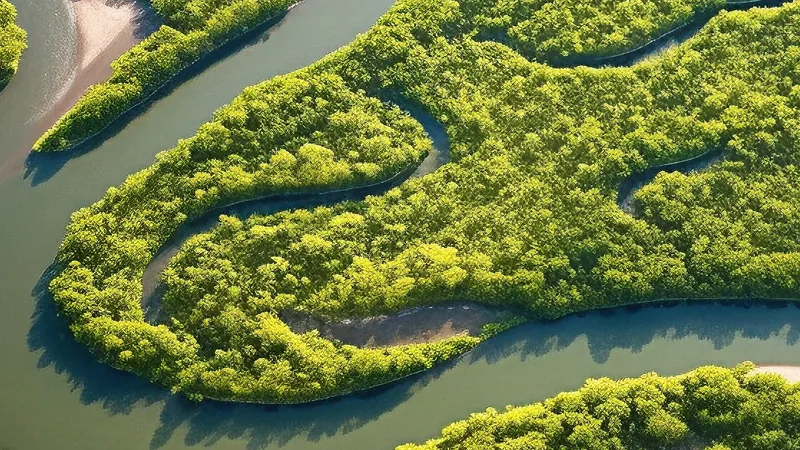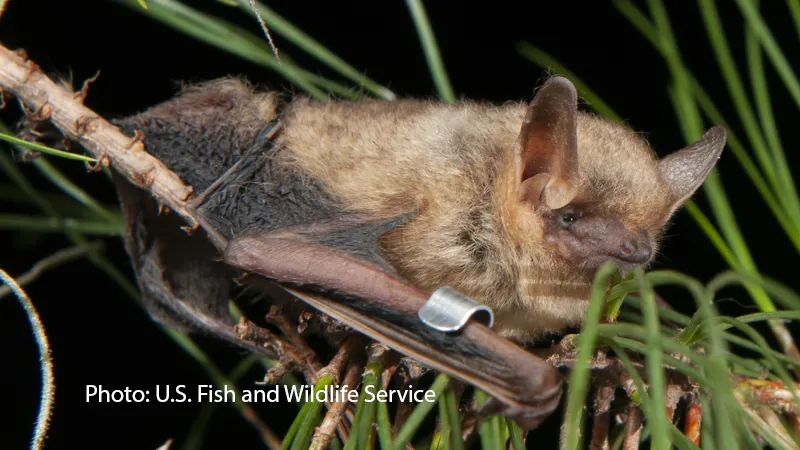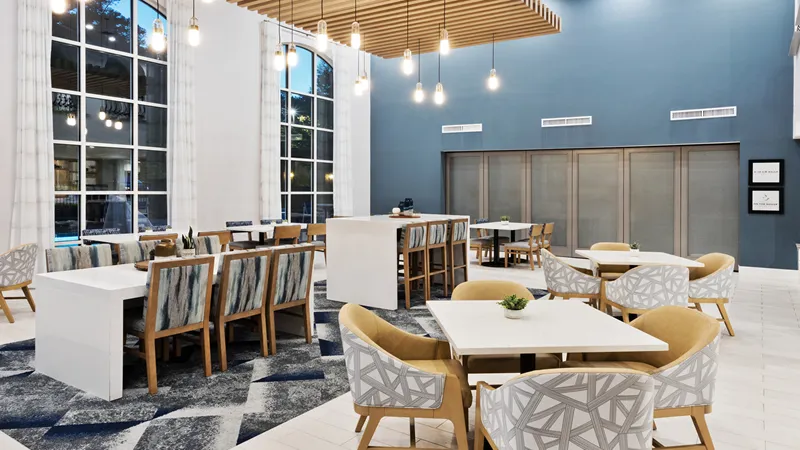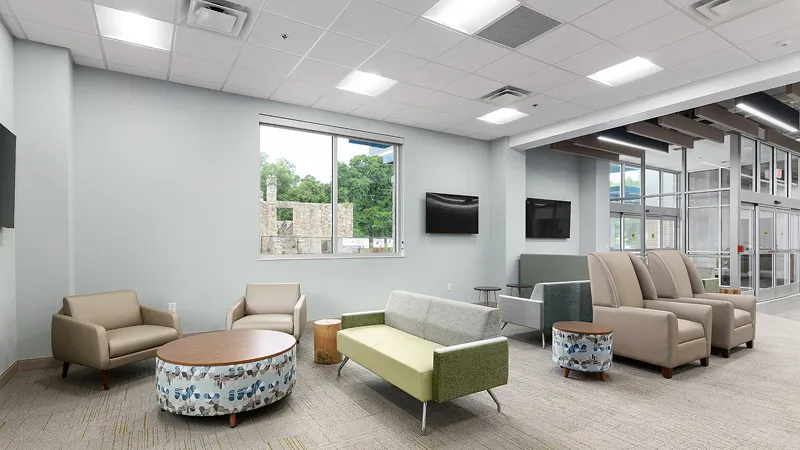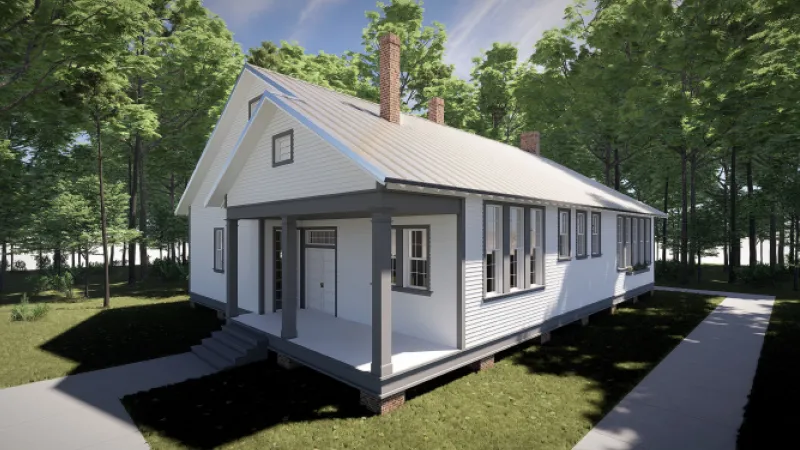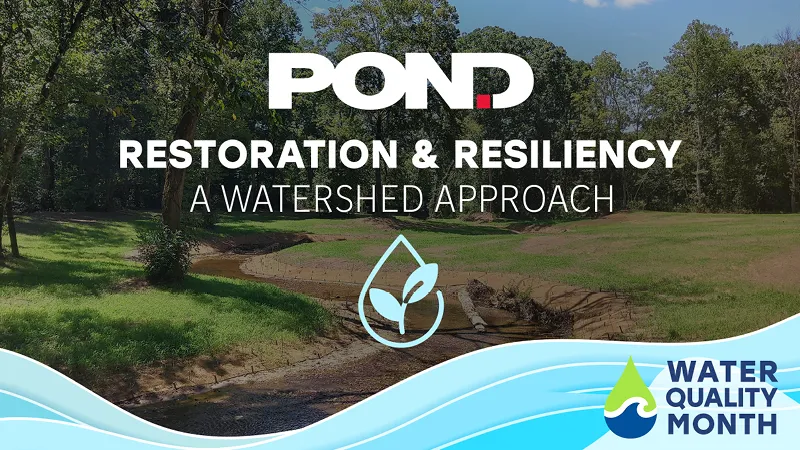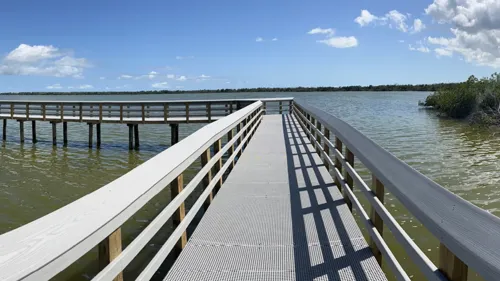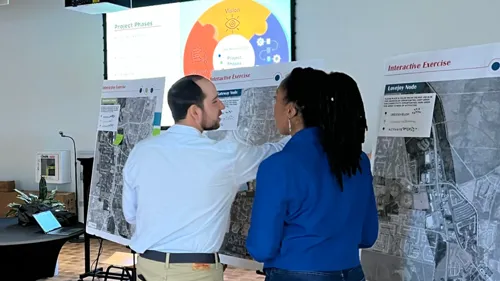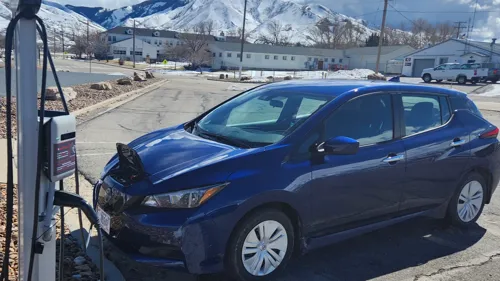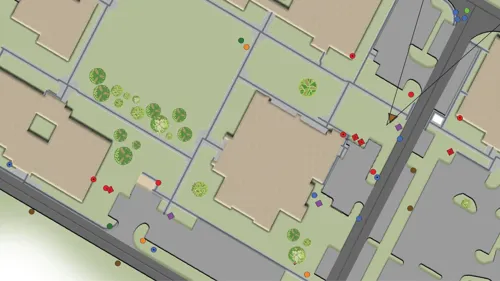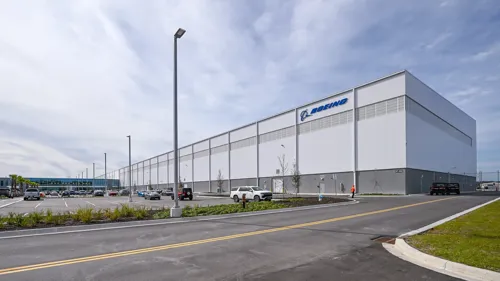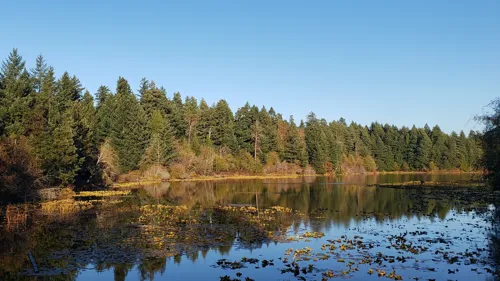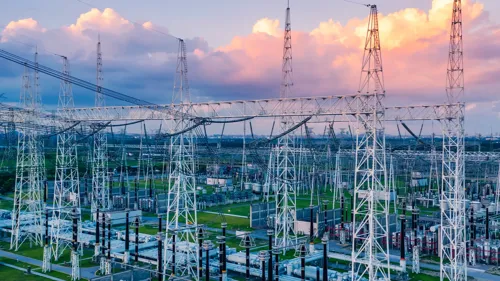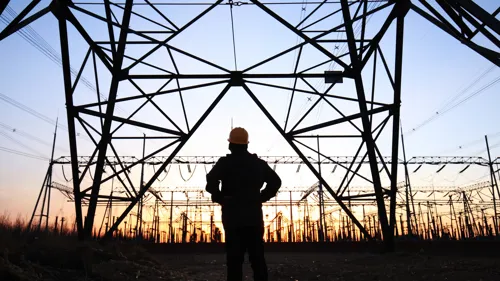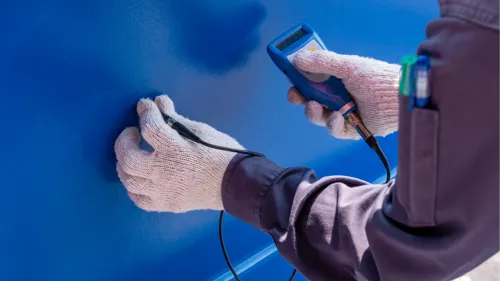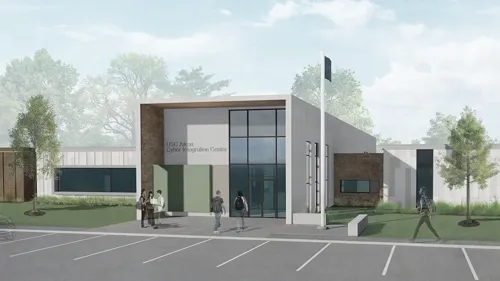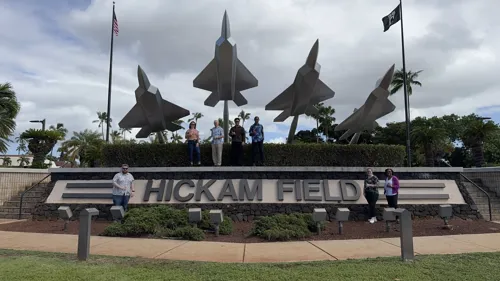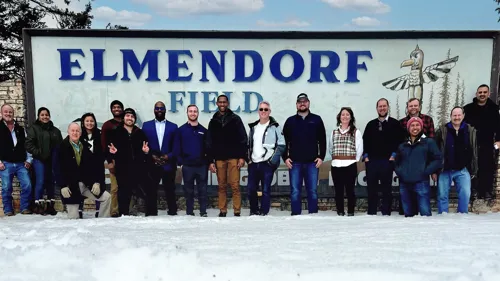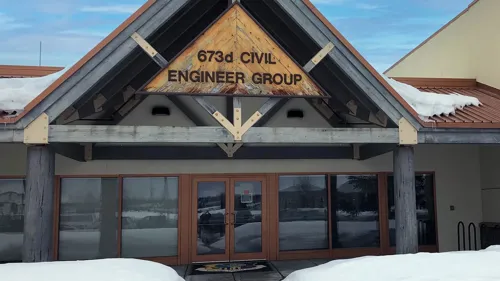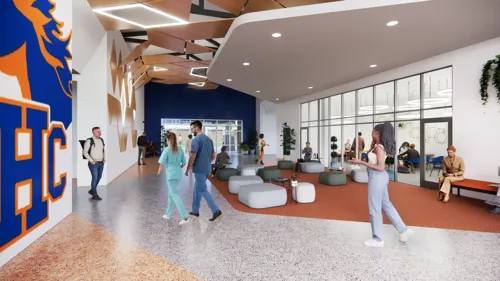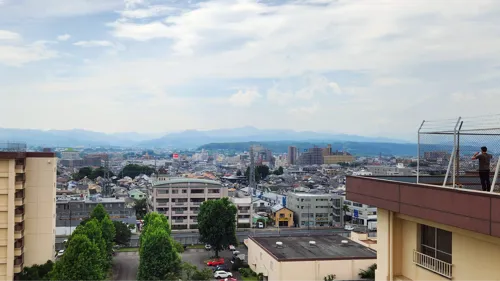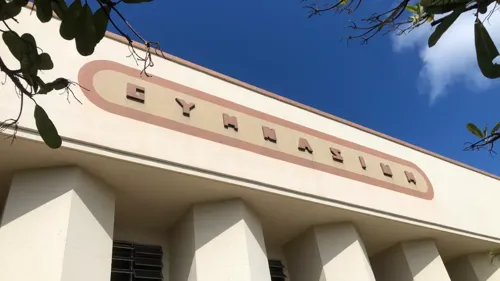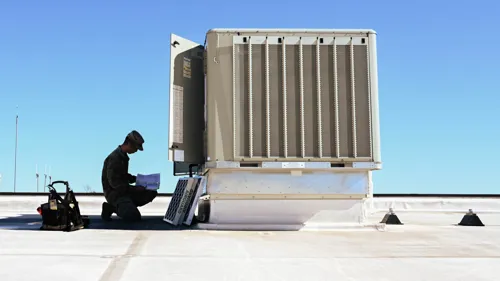From Hangars to Housing: Supporting PACAF Missions Through Resilient Design

Introduction
Across the Indo-Pacific region, infrastructure must be both resilient and rapidly executable. Pacific Air Forces (PACAF) installations stretch from the frozen ground of Alaska, through the Aleutians, to the salt-laden air of Guam. Each installation has distinct demands but a shared requirement: facilities must sustain operations and safeguard Airmen.
Under the PACAF Facility Sustainment, Restoration, and Modernization (FSRM) Execution Initiative, Pond is helping installations across the region strengthen readiness through tailored design and planning. What sets this effort apart is its breadth; it addresses not only the aircraft hangars and fueling systems that power operations, but also the dormitories, dining halls, and childcare centers that support daily life. This “hangars to housing” approach facilitates rapid mission execution and prioritizes quality of life.
So far, the PACAF FSRM Execution Initiative has delivered 169 distinct deliverables across nine installations and geographically separated units (GSUs) in just 36 months, compressing years of typical sequential contracting actions into a single streamlined effort.
Adapting Mission Facilities to Harsh Environments and Evolving Requirements
Aircraft hangars across the Pacific are under constant strain from age, mission evolution, and environmental stressors. At Joint Base Elmendorf-Richardson, Pond developed phased renovation strategies for Hangar 15, balancing seismic resilience and operational continuity during Alaska’s short construction season.
At Hickam, fire protection and envelope improvements are modernizing Hangar 34, while corrosion control facilities are being adapted to withstand Hawaii’s aggressive salt air conditions.
In Korea, projects such as Osan’s consolidation of legacy hangars and flightline facilities have been advanced through rapid concept packages. Each of these efforts reflects the initiative’s central goal: deliver designs that are executable, code-compliant, and aligned with PACAF’s evolving mission.
Accelerating Quality-of-Life Upgrades Across the Pacific
Supporting Airmen beyond the mission requires spaces where service members can live, recharge, and care for their families. Across the Pacific, Pond’s design teams are tackling dormitory, dining, and childcare projects with the same urgency as operational facilities.
At Andersen AFB in Guam, accelerated design packages have advanced multiple dormitory renovations in under 12 weeks, clearing backlogs and enabling critical upgrades to meet modern safety and energy standards. At Misawa, HVAC and envelope improvements are reducing energy demand while enhancing resident comfort.
Meanwhile, projects at Hickam range from fitness center upgrades to the modernization of the Hale Aina Dining Facility, emphasizing the integration of force protection, sustainability, and user experience. These facilities directly impact morale and readiness, underscoring why quality-of-life investments remain central to the FSRM initiative.

Strengthening Utilities in the Pacific’s Most Remote Locations
Every mission depends on reliable utilities, and PACAF’s remote geography amplifies the stakes. At Elmendorf, Pond supported the Alaska Command Power Resiliency Study, developing solutions to strengthen energy assurance in arctic conditions.
At Wake Island, teams advanced both the replacement of airfield lighting and controls, and major upgrades to the electrical distribution system, enabling sustained operations at one of the Pacific’s most isolated outposts.
In Misawa, the North Base water connection project is reinforcing ties to the city network, improving redundancy and reliability for thousands of personnel. Across installations, these efforts show how infrastructure investments extend beyond buildings to the systems that keep missions running 24/7.

Final Thoughts
From hangars to housing, the PACAF FSRM Execution Initiative demonstrates the importance of designing for both mission and people. Pond’s charrette-driven, rapid-delivery model is enabling projects to move from concept to execution in record time, supporting readiness across the Pacific theater.
As PACAF advances toward distributed, resilient operations, the ability to deliver across the full spectrum of facility types — operational, residential, and infrastructure — will remain essential. Pond is proud to play a role in this mission, working alongside AFIMSC Detachment 2 and base civil engineers to deliver projects that contribute to the strength and resilience of the force. Learn more about Pond’s mission-critical federal work in the Pacific.
